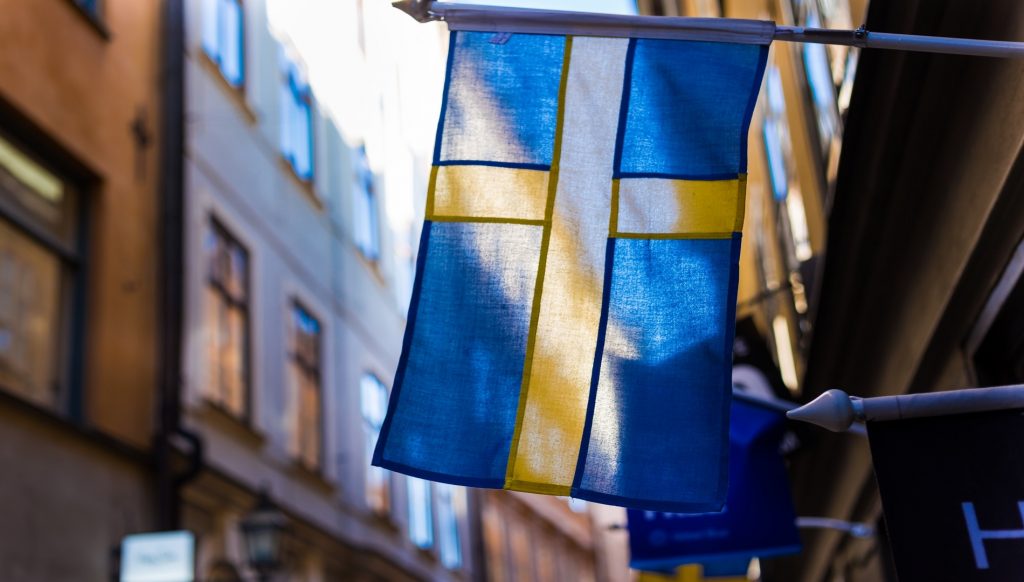Swedish students are better at identifying fake images than fake news, a new study finds

The Uppsala University research noted teenagers have trouble identifying racism and fake news in biased stories.
Swedish teenagers’ difficulties and abilities to determine digital news credibility
Nordicom Review
By Thomas Nygren and Mona Guath
January 2019
Swedish teenagers who value the importance of trustworthy news determine credibility better their peers, according to research from Uppsala University.
However, attitude wasn’t everything. While 68 percent of teens said they had good fact-checking abilities, 88 percent couldn’t distinguish a news story from an advertisement. Researchers also found many students struggled to identify racism when consuming biased news, but most students could recognize manipulated images and knew they weren’t credible.
Their study suggests teaching students critical evaluation skills is important to a constructive relationship with digital news. Researchers said people with civic online reasoning skills may also value reliable information, especially due to the pervasiveness of misinformation.
Key Numbers
- Forty-four percent of teens said a Swedish Public Radio story was more credible than a story from Fria Tider, a far-right newspaper.
- About a third of the students rated the right-wing story as more credible.
- Researchers said about two-thirds of students identified manipulated images as poor evidence.
Study Details
- Researchers used an online survey to examine 448 Swedish teenagers’ news literacy skills.
- Students ages 16 to 19 from five upper-secondary schools took the surveys in three separate Swedish cities.
